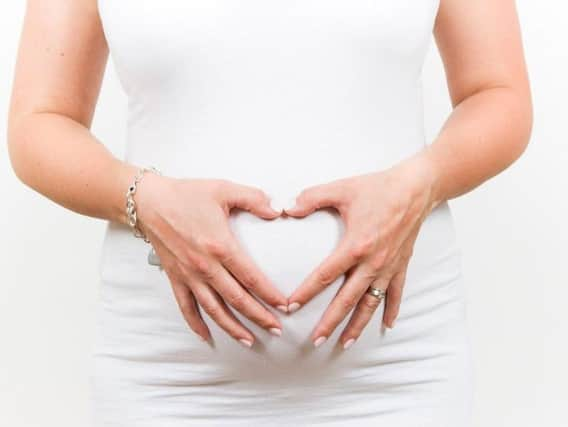What is Polycystic Ovary Syndrome (PCOS)?


Polycystic Ovary Syndrome (PCOS) is a common condition that affects how a woman’s ovaries work. The three main features of PCOS are: Irregular periods; excess androgen – high levels of “male hormones”, which may cause physical signs such as excess facial or body hair; polycystic ovaries – your ovaries become enlarged and contain many fluid-filled sacs (follicles) which surround the eggs
Signs and symptoms
They’ll usually become apparent during your late teens or early 20s and can include: Irregular periods or no periods at all;
Advertisement
Hide AdAdvertisement
Hide Addifficulty getting pregnant as a result of irregular ovulation or failure to ovulate; excessive hair growth (hirsutism) – usually on the face, chest, back or buttocks; weight gain; thinning hair and hair loss from the head; oily skin or acne
Treating PCOS
There’s no cure but the symptoms can be treated. Speak to your GP if you think you may have the condition.
If you have PCOS and you’re overweight, losing weight and eating a healthy, balanced diet can make some symptoms better. Medications are also available to treat symptoms, such as excessive hair growth, irregular periods and fertility problems.
If fertility medications are ineffective, a simple surgical procedure called laparoscopic ovarian drilling (LOD) may be recommended. This involves using heat or a laser to destroy the tissue in the ovaries that’s producing androgens, such as testosterone.
With treatment, most women with PCOS are able to get pregnant.